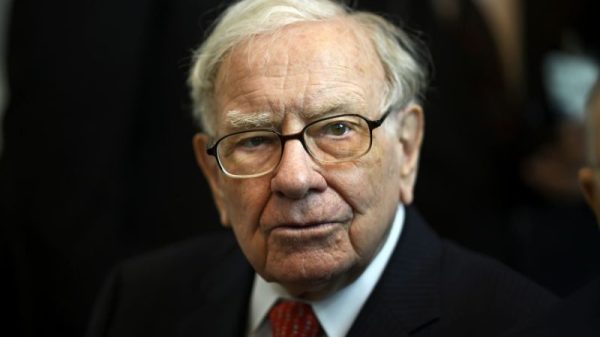In October 2007, the financial markets experienced a significant downturn, which has drawn similarities to the current market conditions in 2024. The events of both periods have sparked discussions about the similarities and differences between the market top in October 2007 and 2024.
One of the significant similarities between the two periods is the prevailing market sentiment leading up to the market tops. In both 2007 and 2024, there was a sense of exuberance and optimism among investors, fueled by strong economic growth and favorable market conditions. The surge in asset prices and the widespread belief in the sustainability of economic expansion contributed to a sense of complacency and risk-taking behavior among market participants.
However, it is essential to highlight the differences between the market environments in 2007 and 2024. One key distinction is the underlying economic conditions that preceded the market tops. In 2007, the financial crisis was largely driven by the subprime mortgage crisis and the subsequent collapse of the housing market, which had a severe impact on the financial system. In contrast, the economic backdrop leading up to the market peak in 2024 has been characterized by a different set of factors, such as geopolitical tensions, supply chain disruptions, and inflationary pressures.
Furthermore, the response of central banks and policymakers to the market conditions in 2007 versus 2024 has differed significantly. Following the 2007 market top, central banks around the world implemented unprecedented monetary stimulus measures to stabilize financial markets and support economic growth. Conversely, in 2024, policymakers are facing the challenge of addressing inflationary pressures while navigating a delicate balance between supporting economic growth and preventing overheating.
Another important aspect to consider when comparing the market tops in 2007 and 2024 is the evolution of technology and market dynamics. The rise of digital platforms, algorithmic trading, and the proliferation of exchange-traded funds (ETFs) have transformed the way markets operate and investors access information. These advancements have contributed to increased market volatility and interconnectedness, shaping the response of market participants to changing conditions.
In conclusion, while there are notable similarities between the market tops in October 2007 and 2024, it is essential to recognize the unique economic, geopolitical, and technological factors that have influenced market dynamics in each period. By understanding these differences, investors and policymakers can better navigate the challenges and opportunities presented by evolving market conditions.


































